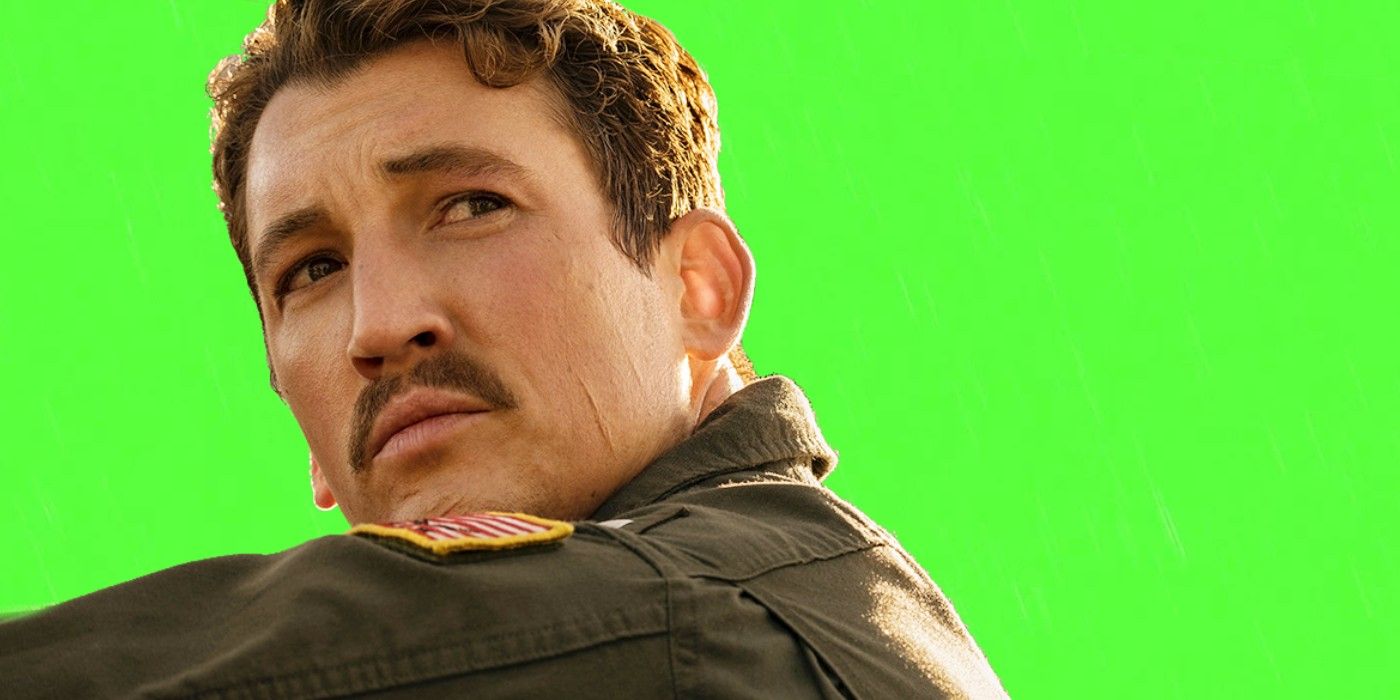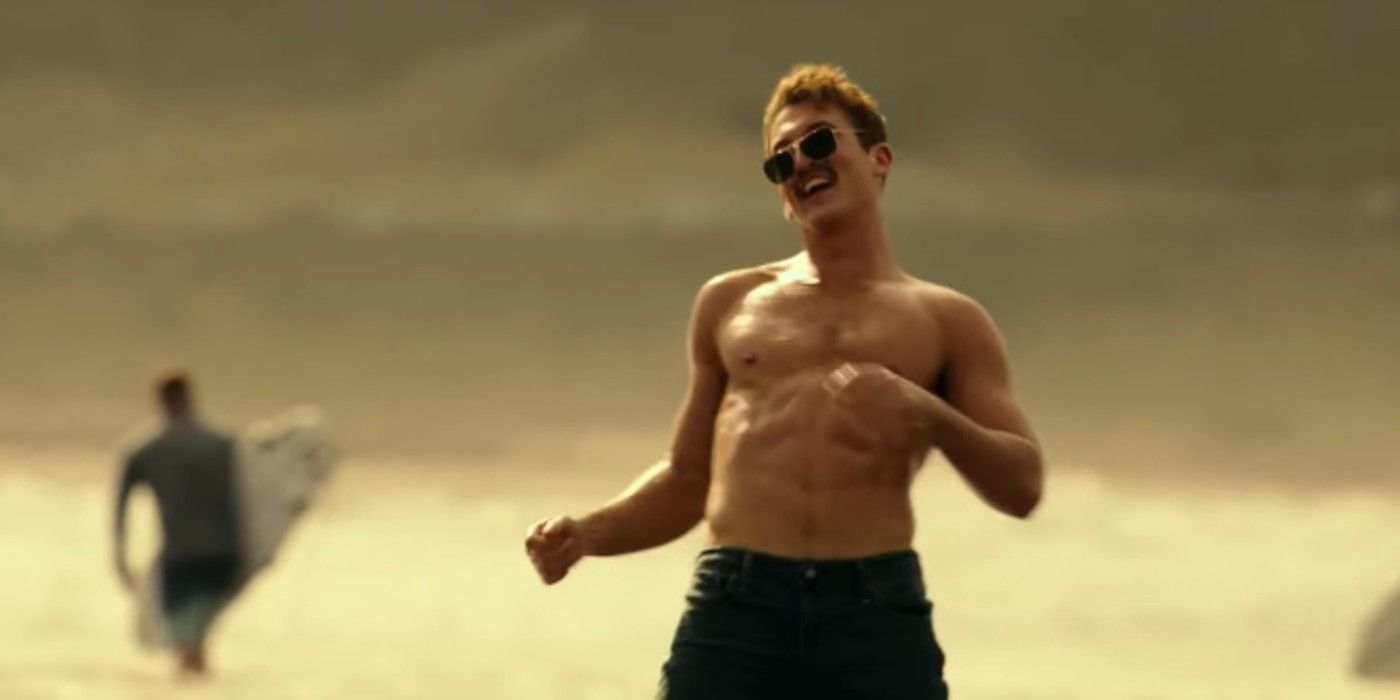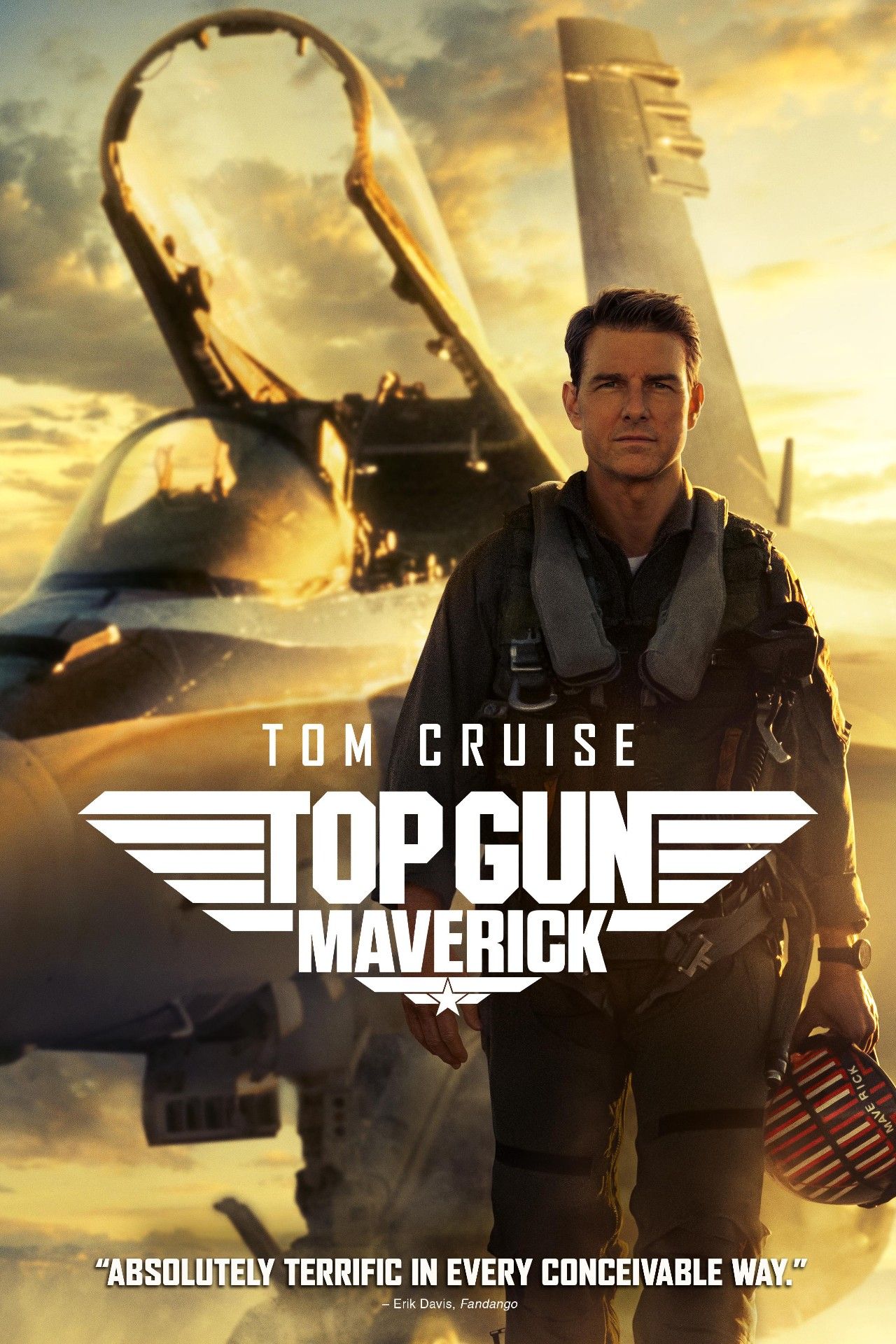Top Gun: Maverick is going all-natural according to actor Miles Teller, who says that the gruelling year-long production didn't make use of any green screen. The long-awaited sequel sees the return of bona fide action star Tom Cruise to one of his earliest and most defining roles, as daring fighter pilot Pete "Maverick" Mitchell.
Directed by Tony Scott, Top Gun was released in 1986 and is considered a classic of the era, from the iconic volleyball scene to its memorable soundtrack, which featured the Kenny Loggins songs "Danger Zone" and "Playing With The Boys." What really made the movie stand the test of time, however, are the flying sequences. Scott wanted the movie to feel as realistic as possible, and worked with the U.S. military to use a real Naval Air station and real planes and equipment for the film. Scott passed away in 2012, but Top Gun: Maverick director Joseph Kosinski is maintaining this commitment to real stunts for the sequel.
Speaking to Men's Journal, Teller said, "There is no green screen in a Top Gun movie. Every shot, every stunt, was the result of the work, the real sweat, that we all put into it." Teller is playing Bradley "Rooster" Bradshaw, the son of Maverick's former wingman Nick "Goose" Bradshaw, who died in the first film. Rooster is following in his father's footsteps and is a new recruit to the Topgun program in Top Gun: Maverick. Teller elaborated, "The production was over the course of a full year, which was definitely the longest shoot I have ever been a part of.”
Green screen and blue screen technology is used to create VFX environments around actors who may only be working with a small amount of set and a few props. Though it's still widely used and offers limitless potential for creating everything from mundane backgrounds to fantastical worlds, many movie fans crave a return to real sets and real stunts. Cruise in particular is dedicated to keeping things real, constantly one-upping himself with wild stunts in the Mission: Impossible franchise (which include scaling the side of the Burj Khalifa and hanging on to the side of a plane during take-off). Knowing from experience how demanding the aerial sequences in Top Gun: Maverick would be, Cruise (who is also a producer on the movie) arranged for his co-stars to undergo flight training, telling Empire Magazine:
"When you're pulling heavy Gs, it compresses your spine, your skull. It makes some people delirious. Some people can't handle it. So I had to get them up to be able to sustain high Gs. Because they have to act in the plane. I can't have them sick the whole time."
Teller said that he spent three months in flight training before the start of filming on Top Gun: Maverick, starting out in a Cessna before moving on to the L-39 Albatros, a jet trainer aircraft, and finally flying in F-18s to build his tolerance for the extreme G-force and to practice breathing techniques. Though Cruise flies a P-51 and a helicopter for real in the movie, the actors aren't actually piloting the F-18s since the Navy denied even Cruise permission to fly the military aircraft. Still, the fact that they're acting while inside the F-18s during flight is a step up from the original movie. During the making of Top Gun, footage of the actors inside F-14s had be be reshot on a gimbal. The original footage, of the actors inside the planes as they were flying, was unusable because they couldn't get through a take without throwing up.
Source: Men's Journal



